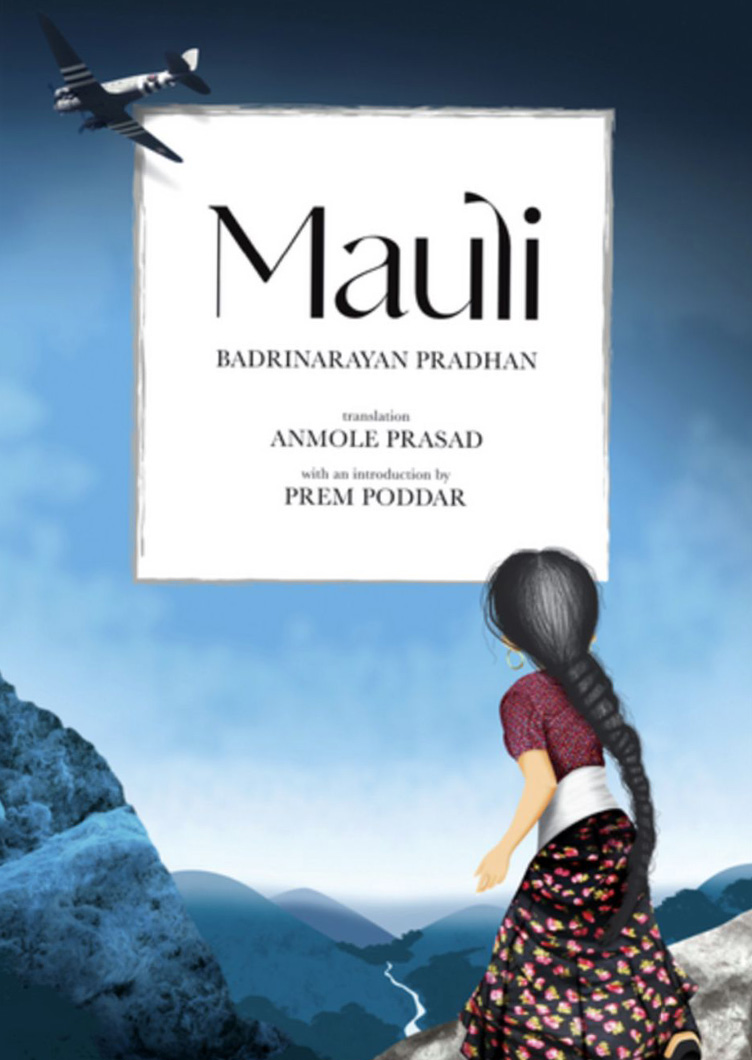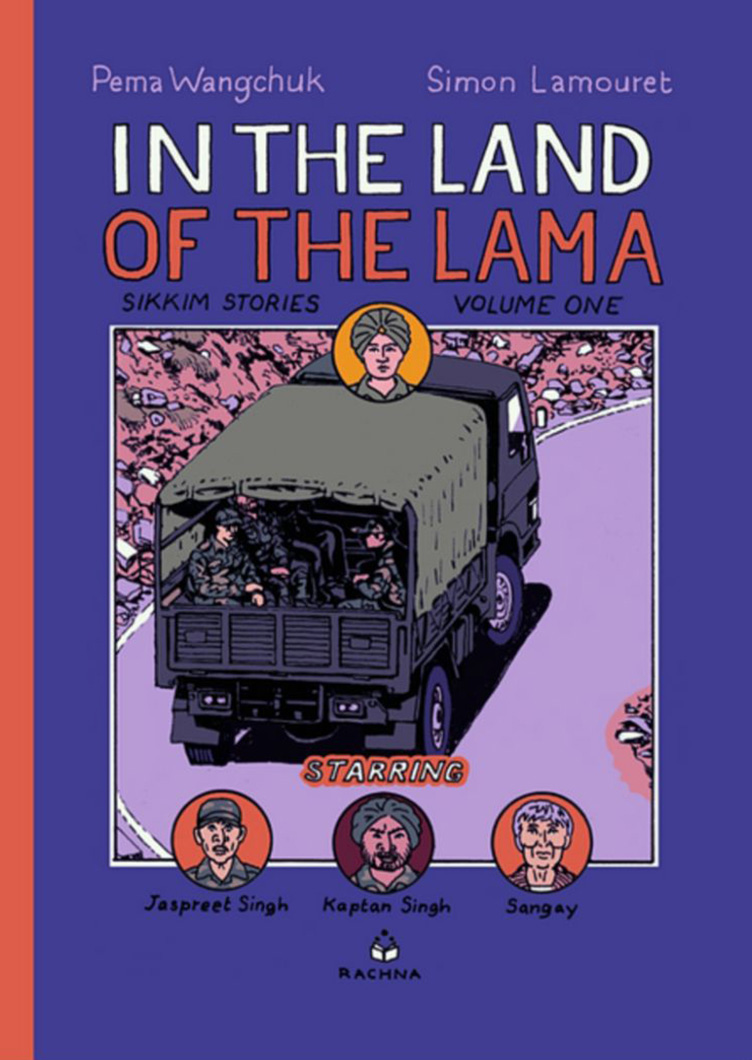The Quiet Revolution of Reading: Raman Shresta’s Legacy of Books in Sikkim
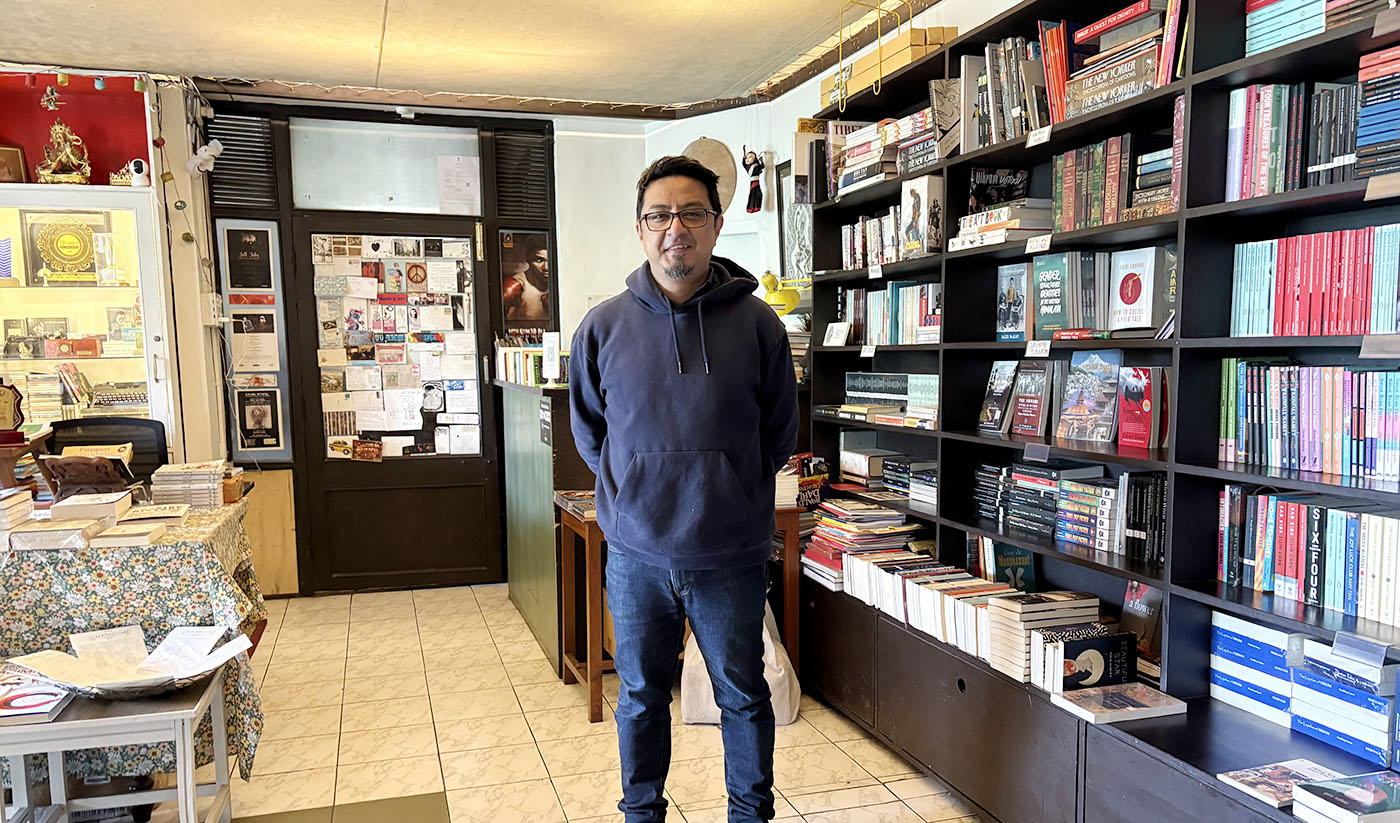
In the tranquil mountains of Sikkim, nestled within the heart of Gangtok, it’s hard to miss a bookstore. It’s a three-story building that quietly ignites its own revolution. This place, Rachna Books, is more than just a bookstore. It is complemented by a cozy café called Café Fiction, creating a unique space where stories and coffee blend seamlessly.
The beating heart of this oasis is the dynamic husband-and-wife duo, Raman and Sarvada. Raman Shresta is the book enthusiast, meticulously curating and managing the bookstore’s diverse collection, while Sarvada, with her warm hospitality, runs the café alongside her team of young women. A former flight attendant, Sarvada’s experiences from around the world breathe life into the café. Her creativity shines not only in the delicious baked goods she crafts but also in the artworks she creates — pieces that adorn both the walls of the café and the cozy rooms of the adjoining BnB.

Raman’s journey into books began long before he took over the family business. It’s a journey rooted deeply in the values and stories passed down through generations.
It was in 1979 that Raman Shrestha’s parents started Rachna Books (names after Raman’s sister). Over the years this simple bookstore evolved into a cultural hub. His father, a bureaucrat in Sikkim, envisioned creating a space where people could come together and share the stories that shaped their lives. This vision was deeply influenced by Raman’s grandfather, a retired headmaster, whose passion for storytelling and education laid the foundation for a family legacy. His mother and grandmother, both gifted storytellers, nurtured the rich oral traditions of Sikkim, passing down their love for narrative.
In 2019, Rachna Books took a significant step forward, venturing into publishing under the banner of Rachna Books and Publications. Raman successfully brought to light books that might otherwise have remained unpublished, further strengthening the bookstore's role in the region's literary landscape.
Today, Rachna Books is more than just a bookstore. It houses the popular Café Fiction and the top-rated Bookman’s Bed and Breakfast, creating a welcoming space for visitors. Under Raman’s leadership, the bookstore has become a centre for literature, culture, and community. Initiatives like the Rachna Books Writer’s Residency and the growing publishing arm continue to expand its influence. With its rich history and forward-thinking approach, Rachna Books is quietly reshaping the cultural landscape of Sikkim, one book, one story, and one conversation at a time.
Raman was raised in this environment — surrounded by books, stories, and the belief that literature had the power to change lives. Over the years, his father’s passion for story-sharing deepened, and he eventually transitioned from bureaucracy to publishing, recording the oral histories he had gathered from various corners of Sikkim. His father’s dedication to preserving the region’s stories has been a guiding light for Raman, shaping his values and aspirations.
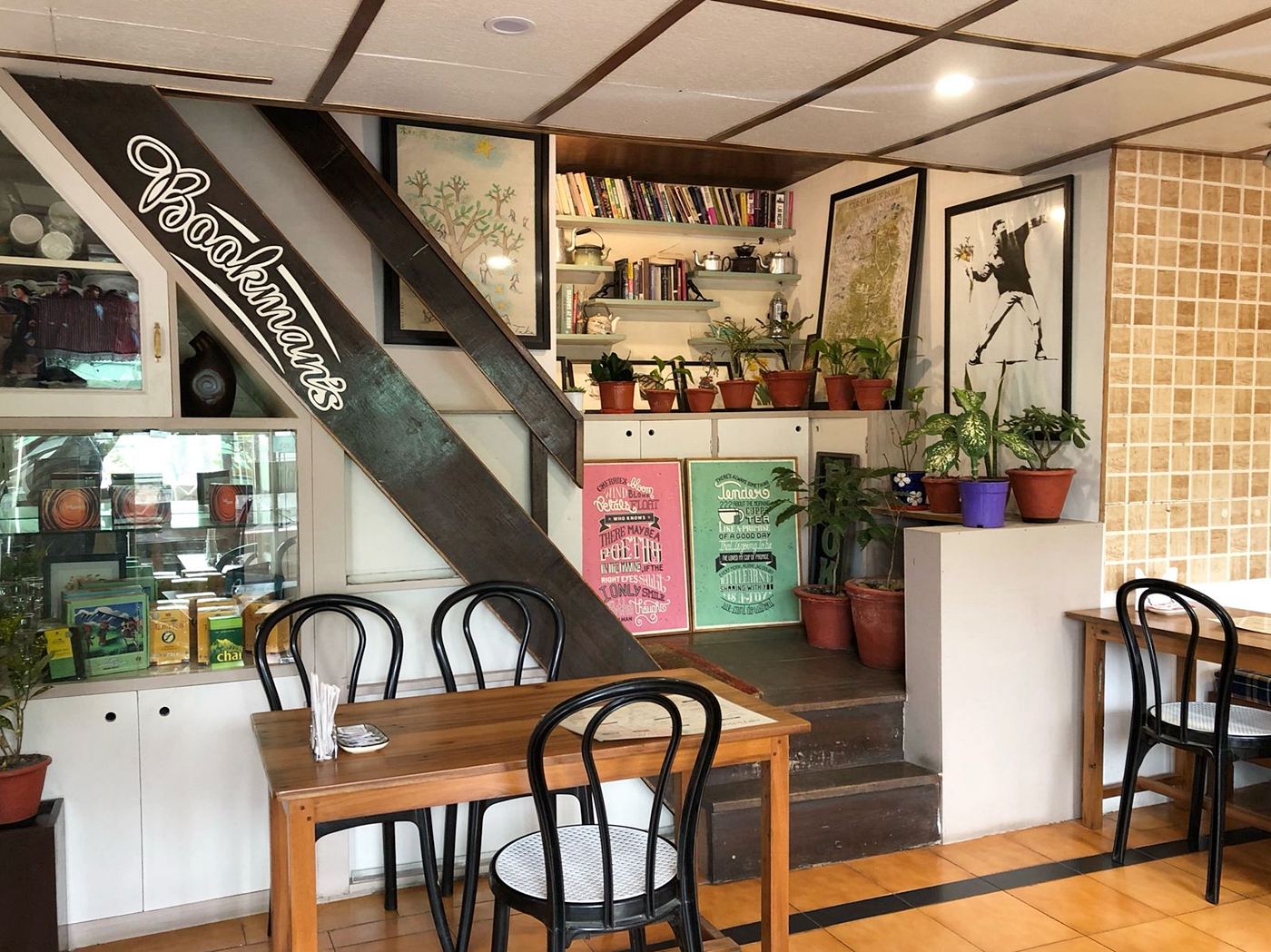
The Northeast Stories caught up with Raman in Gangtok and here is the interview
Q: Raman, you’ve mentioned that your family’s legacy has had a profound impact on your journey. Can you tell us more about how the bookstore started and how it’s shaped your life?
Raman: My parents opened the bookstore in 1979, and it’s been an important part of my life ever since. My father was a bureaucrat, well-established in his career, but he had this dream of creating a space for stories and knowledge. He was always a great lover of books, and that passion carried over from my grandfather, who was a retired headmaster. Growing up, I was surrounded by stories — my mother and grandmother were incredible storytellers. That’s how I learned to appreciate the power of words.
As I got older, my father’s love for literature expanded into publishing. He began recording oral histories, gathering stories from the elders of our community. It’s something he’s passionate about — preserving the cultural heritage of Sikkim especially through the lens of our family members. That sense of responsibility to preserve and share knowledge is something I carry with me today. The bookstore wasn’t just a business for him; it was a way to continue telling these stories.

Q: You’ve said that you weren’t always sure you wanted to take over the bookstore. How did your journey unfold?
Raman: After finishing my schooling in Gangtok, I went to Calcutta to study hotel management at IHM, Taratola. My first job took me to Pokhara in Nepal, where I worked as a front office assistant at a resort. It was 1997, and I instantly fell in love with the place — the culture, the people, the environment. I worked there for a year and a half, but it was during that time that I started reading a few books that really changed my perspective. It wasn’t about any specific titles, but the experience of reading for the first time in a long while. The books I came across made me realize that I wanted something different — I wanted to work with books, to bring people closer to literature, the way I had grown up with it.
When I returned to Sikkim in 2001, I decided to restart the bookstore. It wasn’t a sudden decision, but rather the culmination of everything I had experienced — from my family’s influence to my time in hospitality. The bookstore had always been a part of my life, and I realised that it was time to give it my own identity, to turn it into something that not only sold books but created a space for community and cultural exchange.

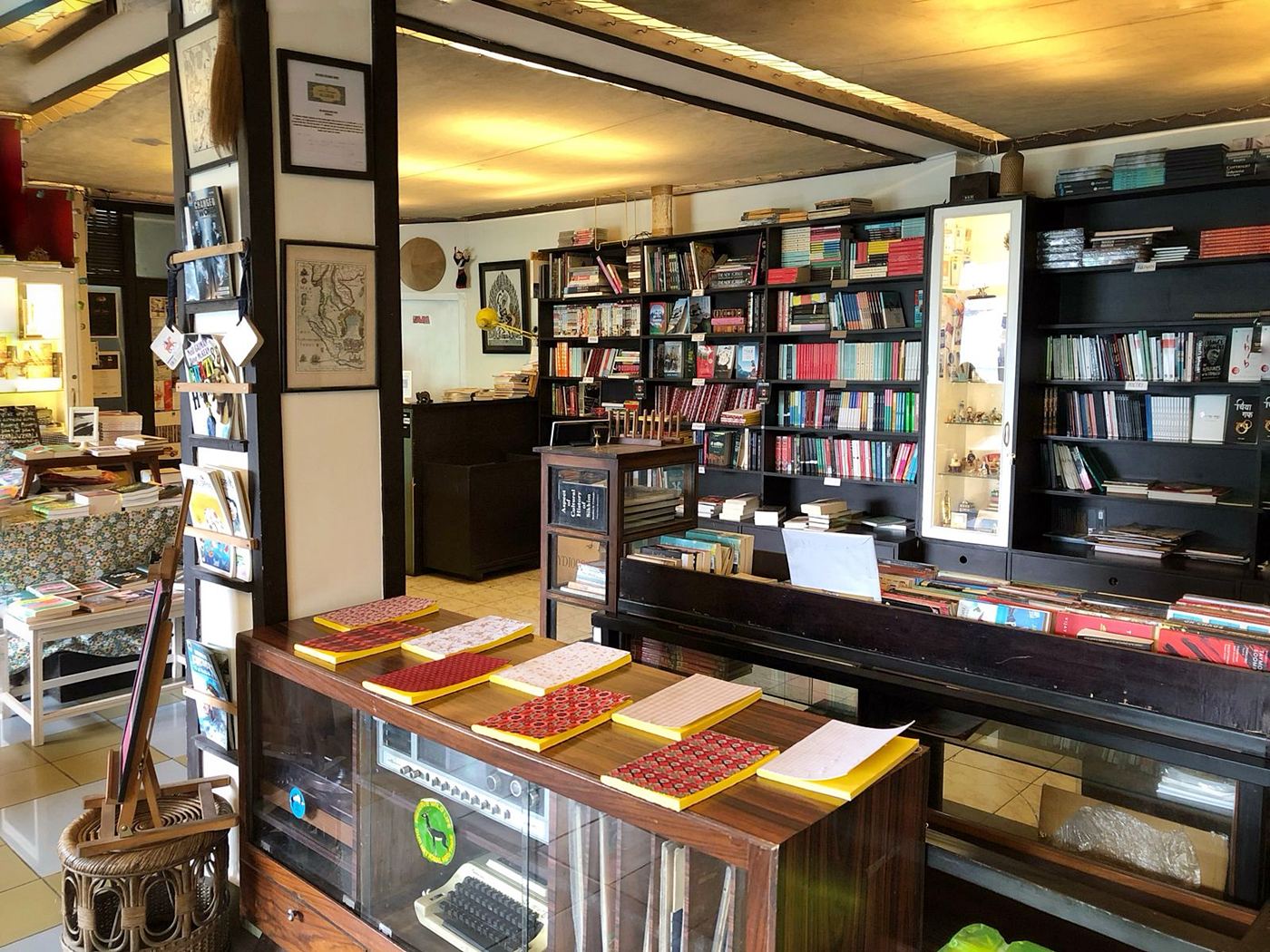
Q: You’ve taken a family business and transformed it into a cultural hub. What’s been the most rewarding part of that journey for you?
Raman: The most rewarding part has been watching the space grow into something more than just a bookstore. When I first started, it was a small shop with just a handful of regulars. But over time, it became a gathering space. People from all walks of life — young students, local residents, travellers — all started to come here. They came not just for books, but for the community, for the environment we’ve created. It’s been incredible to see people share ideas, attend events, or simply sit with a book and engage in their own world.
The greatest joy for me is when I see a young person walk in, pick up a book, and lose themselves in it. Even if they only buy one book and never return, I know that one book could have an impact on their life. Books have that power. It’s not about the quantity of people who visit; it’s about the quality of engagement we can create here.
Q: Rachna Books Cafe seems to have become a “third space” for the community. What do you think is the significance of that, especially in today’s fast-paced world?
Raman: This is exactly what I wanted to create — a third space. It’s not home, it’s not work, but something in between, where people can unwind and connect with ideas. In today’s world, where so much of our lives happen online, there’s a real longing for physical spaces where we can simply be. When I look at the youth today, many are deeply immersed in technology, but they’re also becoming more discerning about what they consume. They’re learning to strike a balance between their digital lives and offline moments, and that’s where spaces like ours play an important role.
At Rachna Books (and Café Fiction), the bookstore and café are in perfect harmony. The café, which is my wife’s vision, draws people in to relax, work, meet others, and, of course, read. We host a diverse range of events—everything from theatre performances to film festivals, folk music to jazz, and even Indian classical concerts. None of this would be possible without my wife’s eclectic art collection and her keen aesthetic sensibility, which have transformed this space into a creative hub. It’s a place where people can share ideas and connect on a deeper level. I truly believe this is the future — creating spaces that go beyond commerce, where people can come together through shared experiences and knowledge.
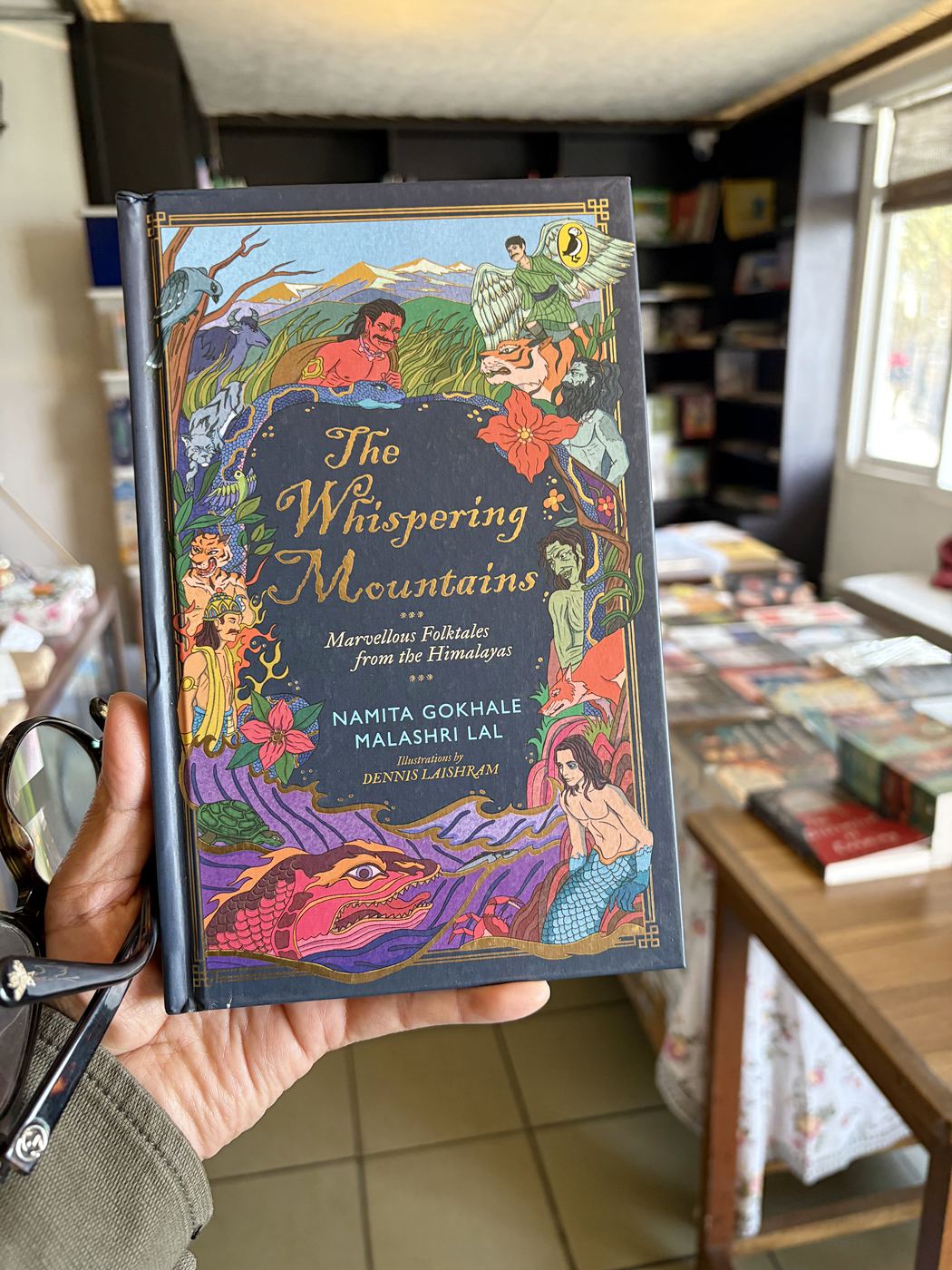
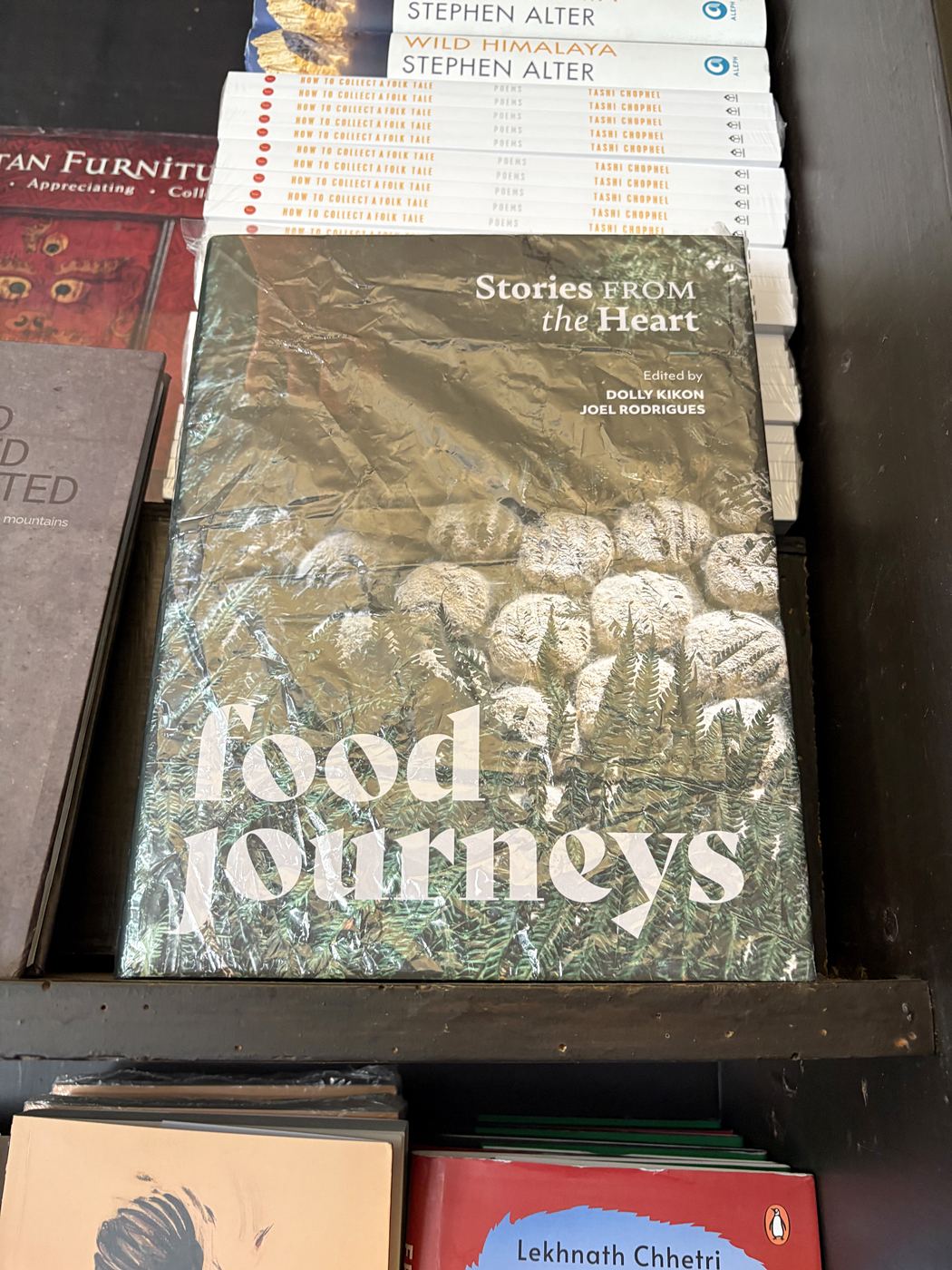
Q: With your father now focused on publishing and recording the oral histories of Sikkim, how do you see the future of the bookstore and the role it plays in preserving the region’s cultural heritage?
Raman: My father’s work in preserving oral history is incredibly important, and I see Rachna Books playing a role in that too. We’re not just selling books; we’re part of a larger cultural movement. The stories that my father has been recording — from the elders, from the community — are an integral part of our identity. And these stories need to be shared, passed down to future generations. I hope that through our events and our collaborations, we can continue to celebrate Sikkim’s rich oral traditions and culture, while also embracing the modern world of books and publishing. The bookstore is constantly evolving, and I’m excited for what lies ahead. We've already done some bit of work and since last year, I’ve had the privilege of co-directing the Rachna Books Writer’s Residency with Mary Therese Kurkalang, someone who works in the space of art and culture. Our first collaboration in this initiative was with the French Institute of India’s Villa Swagatam, where we invited French writers to work in our space during the summer months. This is just the beginning — there's still so much more to do: more events, more partnerships, and more ways to engage with the community. The quiet revolution we’ve started here is about more than just books; it’s about creating a space where people can connect, learn, and grow.
Q. What is your approach to combating the dominance of instant online book stores?
Raman: In India, independent bookstores are facing an uphill battle due to an uneven playing field. The distribution of books and the entire redressal system within the industry is an absolute nightmare. During a casual conversation with a distributor in Kolkata, I was told that physical bookshops are slowly being phased out. His argument was that online stores, which captured a significant share of the market during the pandemic, have created a “bad habit” that people will find hard to break.
While discussing the issue, I observed something telling: the nearby floor space was piled with boxes of books being packed for Flipkart orders. It was a mountain of books, stacked high from morning to lunch. I even sneakily glanced at the invoices, and the discounts on these books were mind-boggling.
Though some authors now mention, “Available at local and online stores,” the ease of “Add to cart” is too tempting for people. It’s an undeniable convenience.
What is truly needed, however, is regulation that creates a level playing field for both physical and online stores. For example, in countries like France and Germany, regulations ensure that books cannot be sold with more than a specific percentage of discount off the MRP, no matter where they’re sold.
The reading community also needs to take responsibility for supporting their local bookstores, libraries, and small businesses. In an ideal world, people would value the cultural role these institutions play in their neighbourhoods.

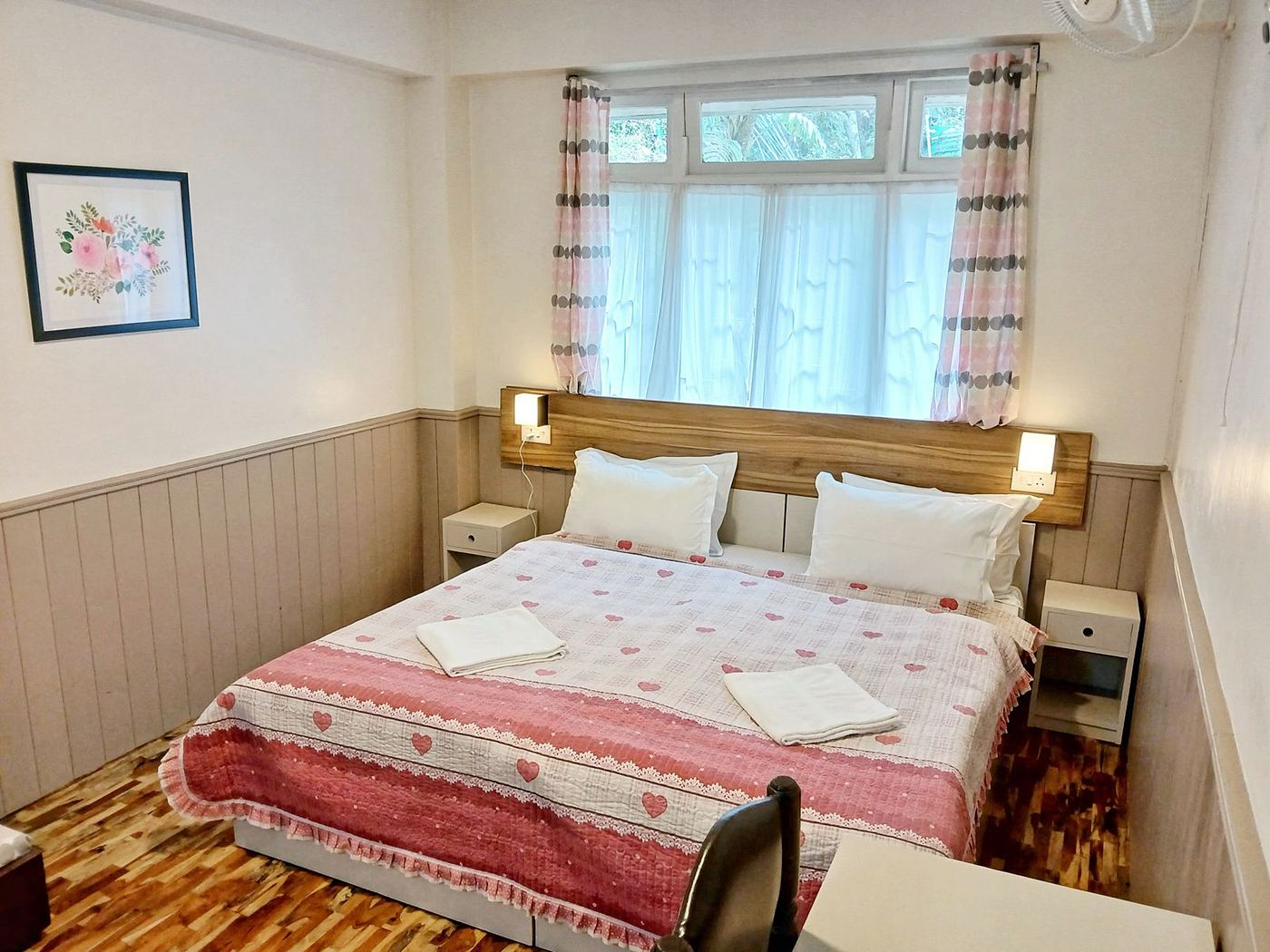
Q. What motivates you to publish, and what purpose do you hope to serve through your work?
Raman: I am deeply focused on publishing research and literature from the Eastern Himalayas. Many scholars travel across the world, conducting specific research on unique subjects and spending extended periods of time with people from different cultures. However, their work often gets published in distant university presses abroad, and as a result, becomes inaccessible to those on whom the research is based.
Some of the books we publish aim to fill that gap. For example, In the Land of the Lama, a graphic novel that explores how myths and facts often collide but sometimes blend into each other. The book highlights the story of Sepoy Harbhajan Singh, who perished in 1968 near the Sikkim-Tibet border due to harsh weather. His story, which resonated deeply with his regiment, became a legend in the region. This book is the outcome of the Simon Lamuret’s six-week residency at Rachna Books Writer’s Residency in the summer of 2004. We also engaged local artist Prem Wangchuk Dorjee, a journalist from Sikkim since 1994, to collaborate on the project.
We also have a book by Suraj Gurung, A Rustle in the Foliage Birding in the Eastern Himalayas, which takes readers on a journey through Sikkim and the adjoining hill regions of Darjeeling and Kalimpong. This book highlights rare bird species while also shedding light on more common birds, revealing their distinct personalities.
Another key title is Majuli by Badrinarayan Pradhan, which narrates the author’s journey as a girl and woman, set against the backdrop of a rapidly changing world. We also have The King’s Harvest by Chetan Raj Shrestha, which won the Tata Fest Award in 2013. This debut novel is a magical, nerve-wracking tale of storytelling set in the Himalayas. It was even featured as one of the top 10 under Himalayas by The Guardian.
Song of the Soil by Chuden Kabimo, is another book that is set in the foothill town of Kalimpong, focusing on the revolution for a separate state of Gorkhaland in the late 80s. It explores the multiple faces of violence during this period, addressing the crucial question: Who ultimately wins in a revolution, and who loses?
Through these books, we aim to give voice to stories and research that might otherwise go unnoticed, ensuring they remain accessible to the people and communities at the heart of these narratives.


